Cats are fascinating creatures with their unique ways of expressing affection. Unlike dogs, their love language can sometimes seem mysterious or elusive. However, with a bit of understanding, you can learn to recognize the subtle ways your feline friend shows they care. Let’s explore the evidence-based science behind seven ways cats demonstrate their love.
Slow Blinking
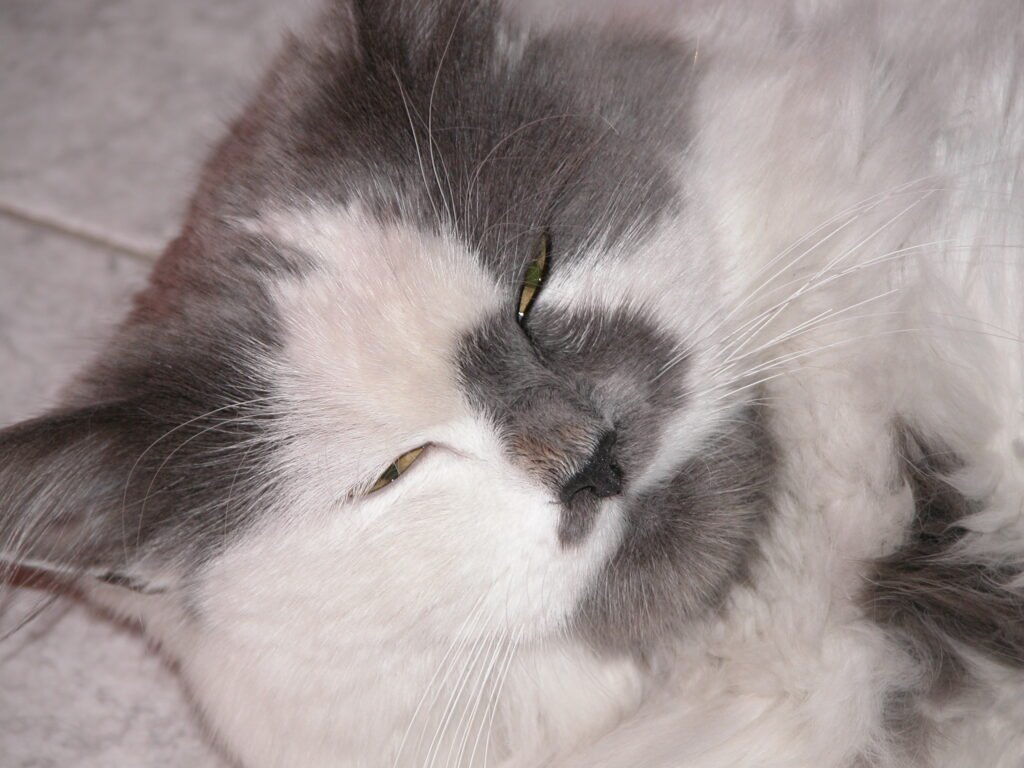
One of the most endearing gestures a cat can offer is the slow blink. When your cat looks at you and slowly closes and opens its eyes, it’s often referred to as a “cat kiss.” Research suggests that slow blinking is a sign of trust and affection. Similar to a human smile, it indicates that your cat feels comfortable and safe in your presence.
Purring
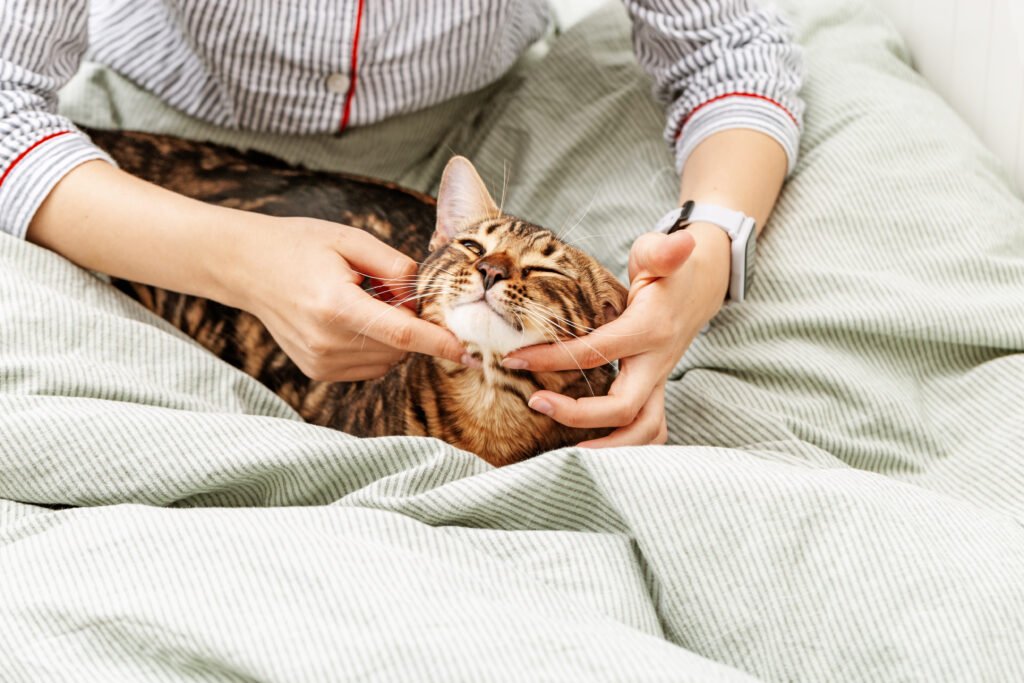
While purring is commonly associated with a cat’s contentment, it’s important to note that cats also purr when they’re in pain or stressed. However, when combined with relaxed body language, purring can be a strong indicator of love and satisfaction. Scientists believe purring has healing properties, which cats might use to communicate positive emotions to their human companions.
Bringing You “Gifts”
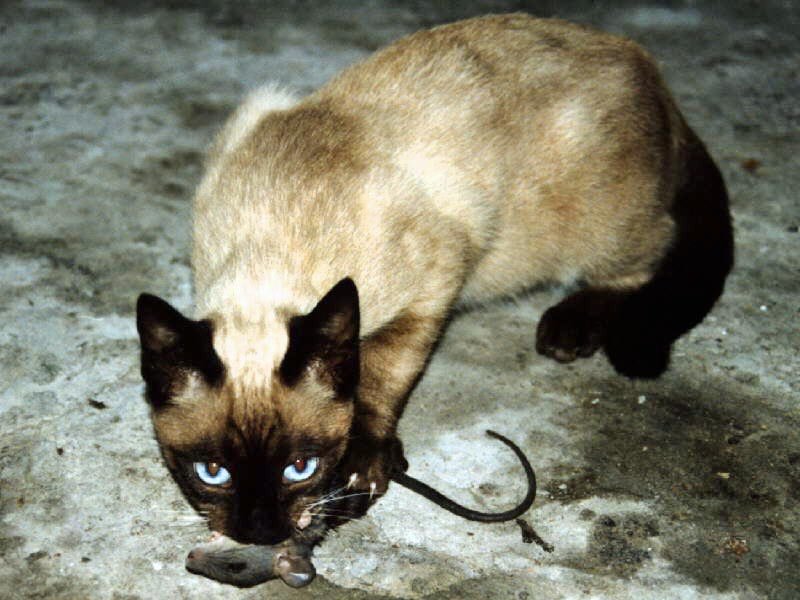
Though it can be a bit unsettling to find a mouse or bird at your doorstep, this behavior is actually a sign of affection. Cats are natural hunters, and when they bring you prey, they are sharing their success with you, their trusted pack member. It’s their way of contributing to the household and showing their love.
Head Bunting
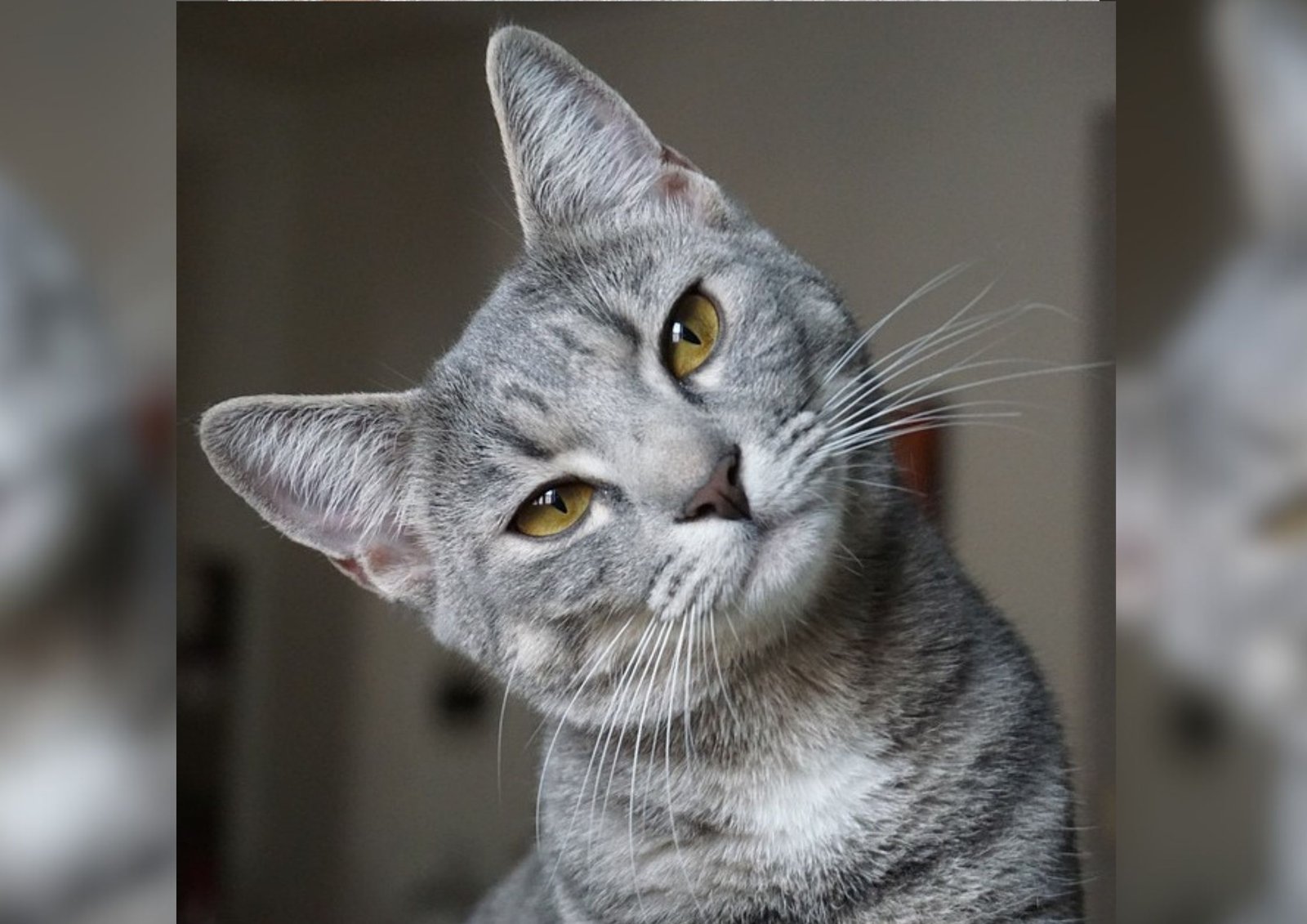
Head bunting is when your cat gently bumps its head against you. This behavior is known as allorubbing within the feline world and is a significant sign of trust and comfort. By doing this, cats create a communal scent and mark you as part of their social group.
Tail Language
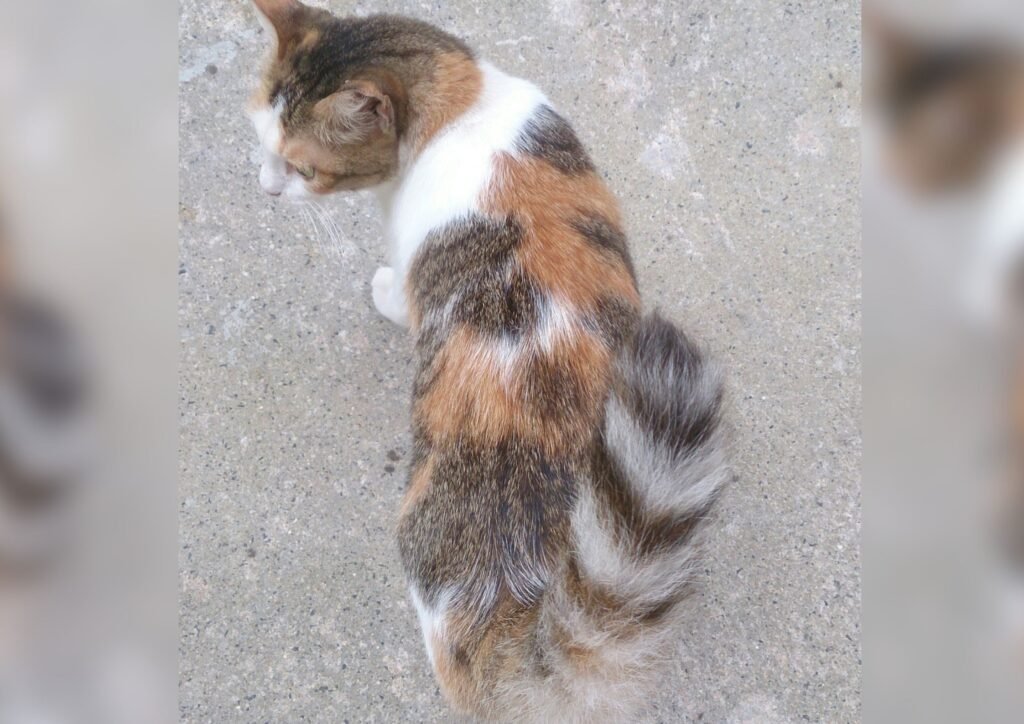
A cat’s tail can be a great indicator of their emotional state. A tail held high with a relaxed demeanor suggests that your cat is happy and confident in their environment, often displaying affection towards their human. Additionally, a gentle quiver in an upright tail is a delightful signal that your cat is pleased to see you.
Nesting Beside You
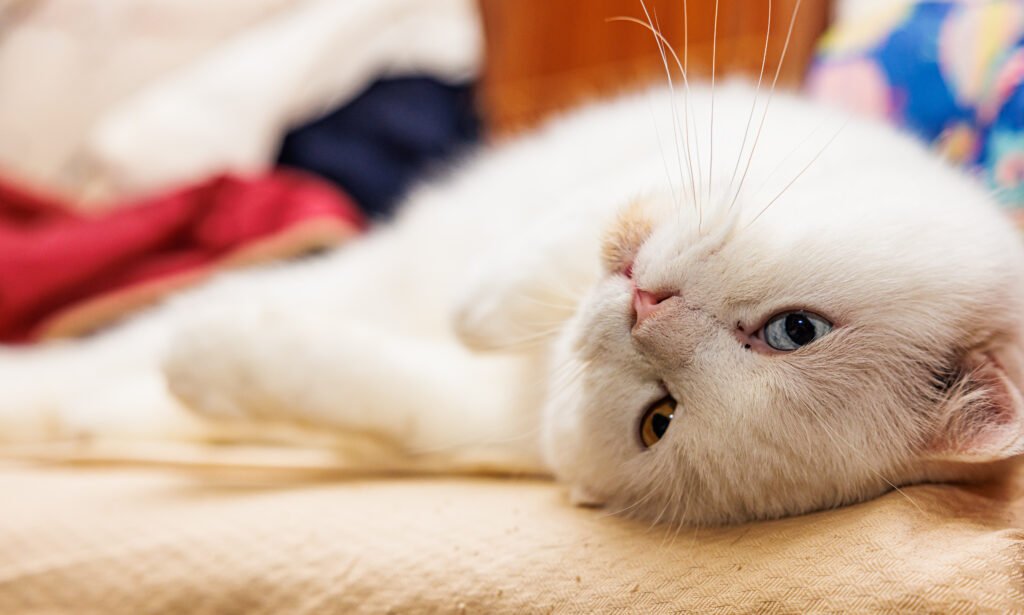
If your cat chooses to sit or sleep next to you, it’s a clear indicator of trust and affection. Cats are independent creatures, yet they cherish the companionship and warmth of their humans. Curling up on or near you signifies that they feel secure and enjoy your company.
Kneading
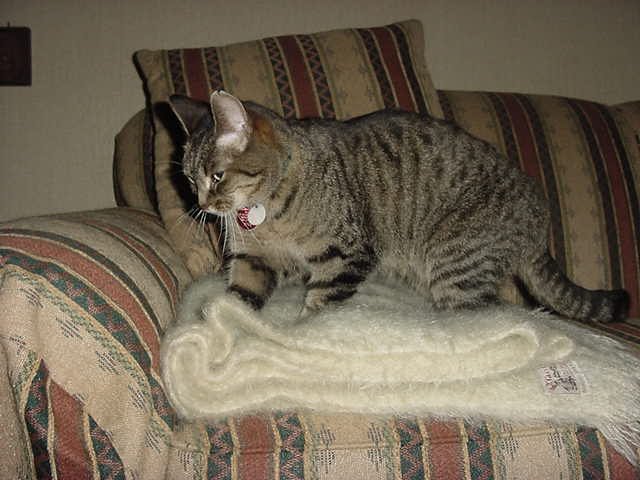
Kneading, or “making biscuits,” is a behavior that stems from kittenhood when they knead their mother’s belly to stimulate milk production. If your cat kneads you, it means they associate you with comfort and safety, much like the reassuring presence of their mother.
The Science of Feline Affection
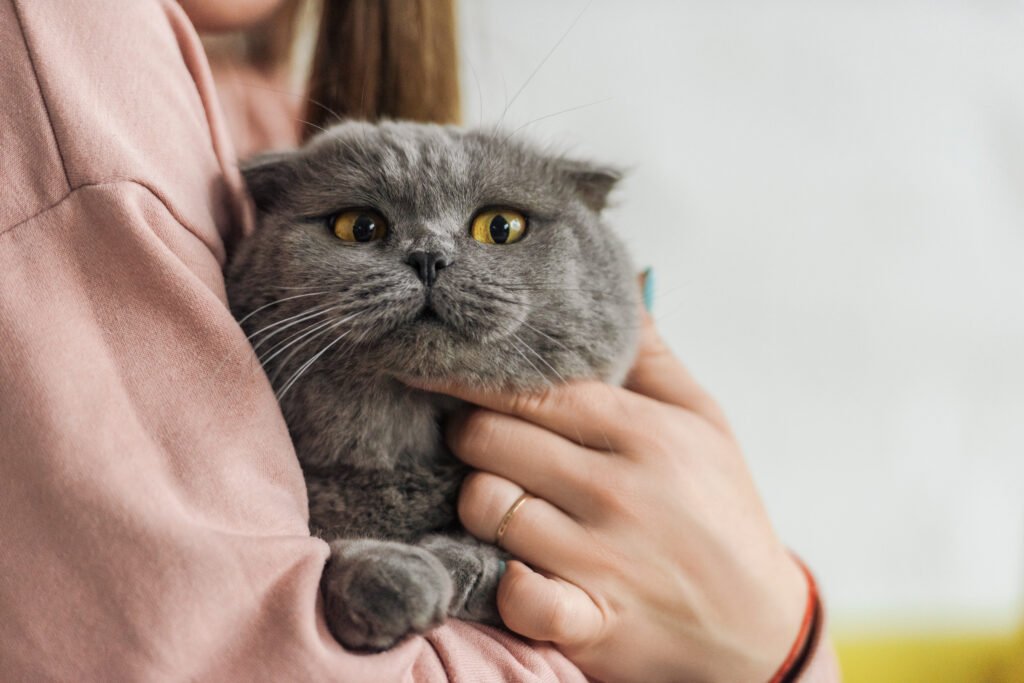
Understanding how cats communicate love involves interpreting a complex mix of behaviors and signals. Scientific findings suggest that these actions are deeply rooted in instinct and evolutionary survival mechanisms. By recognizing and responding to these behaviors, cat owners can foster a deeper bond with their feline friends.
Creating a Loving Environment for Your Cat
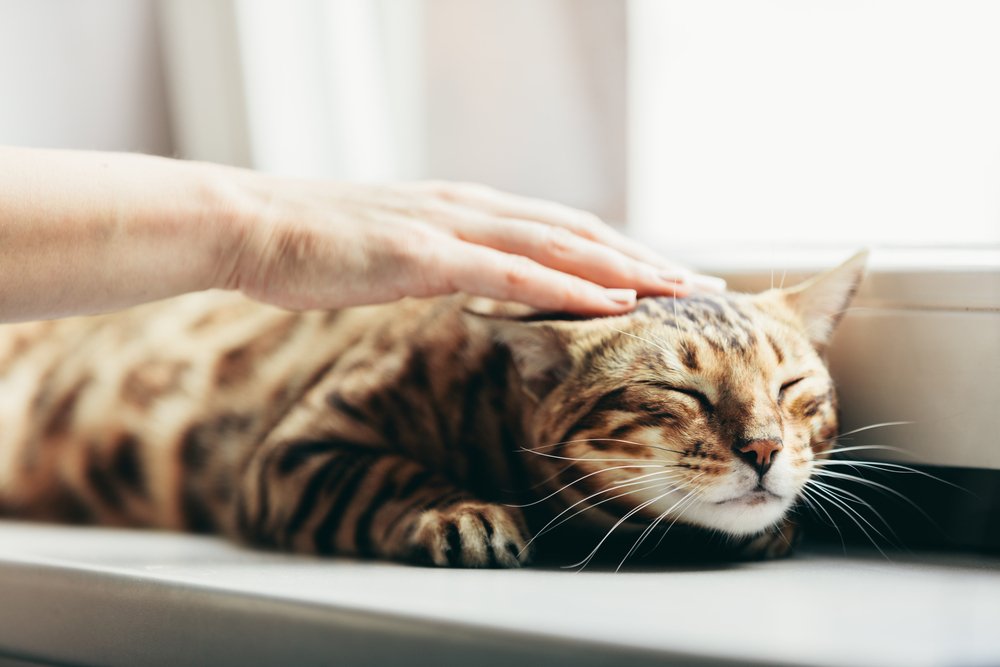
To enhance the affectionate relationship with your cat, it’s important to create a nurturing environment. This includes providing plenty of stimulation, maintaining a healthy diet, and ensuring regular veterinary care. By understanding their love language, you can better meet your cat’s emotional needs.
Embracing the Subtle Signs
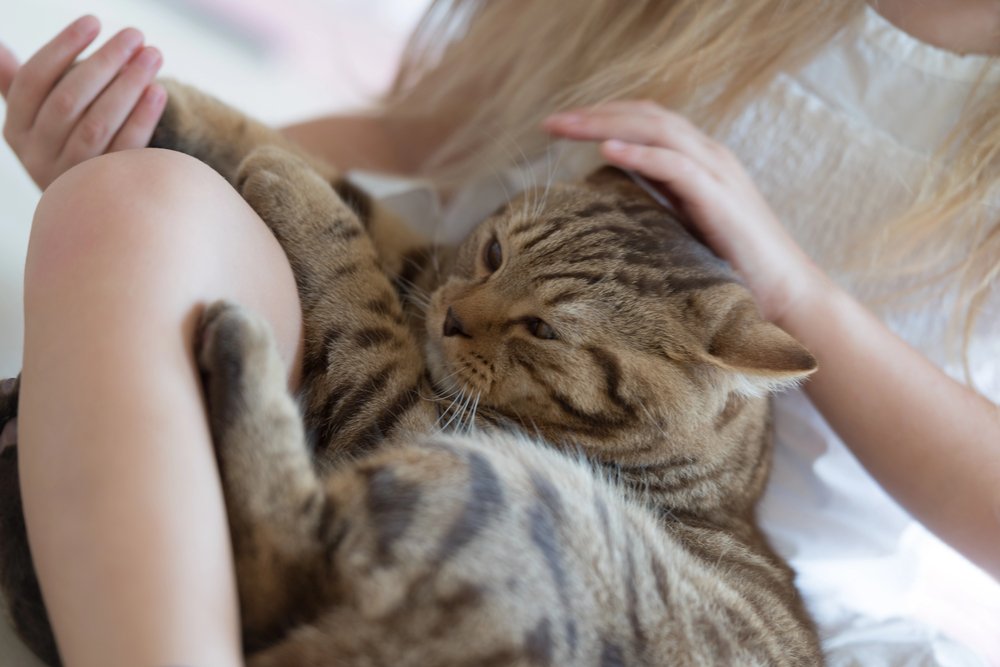
Once you begin to recognize and appreciate these subtle signs of affection, you’ll find a richer connection with your feline friend. Each headbutt, purr, and tail flick is an expression of your cat’s unique personality and deep-seated affection. By taking the time to understand your cat’s love language, you’ll foster a relationship built on mutual trust and respect.

Esther is from India; the heartbeat of South Asia, holding a Master’s degree in Zoology and a postgraduate diploma in Animal Welfare. Her enthusiasm for animal welfare drives her passion and dedication to work for animals, ensuring their well-being and advocating for their rights. With a solid academic background and hands-on experience, she is committed to making a positive impact in the field of animal welfare. In her free time, she enjoys embroidery and sewing. As a Chennaite from Tamil Nadu, Esther loves Bharathanatyam, an Indian classical dance form.






